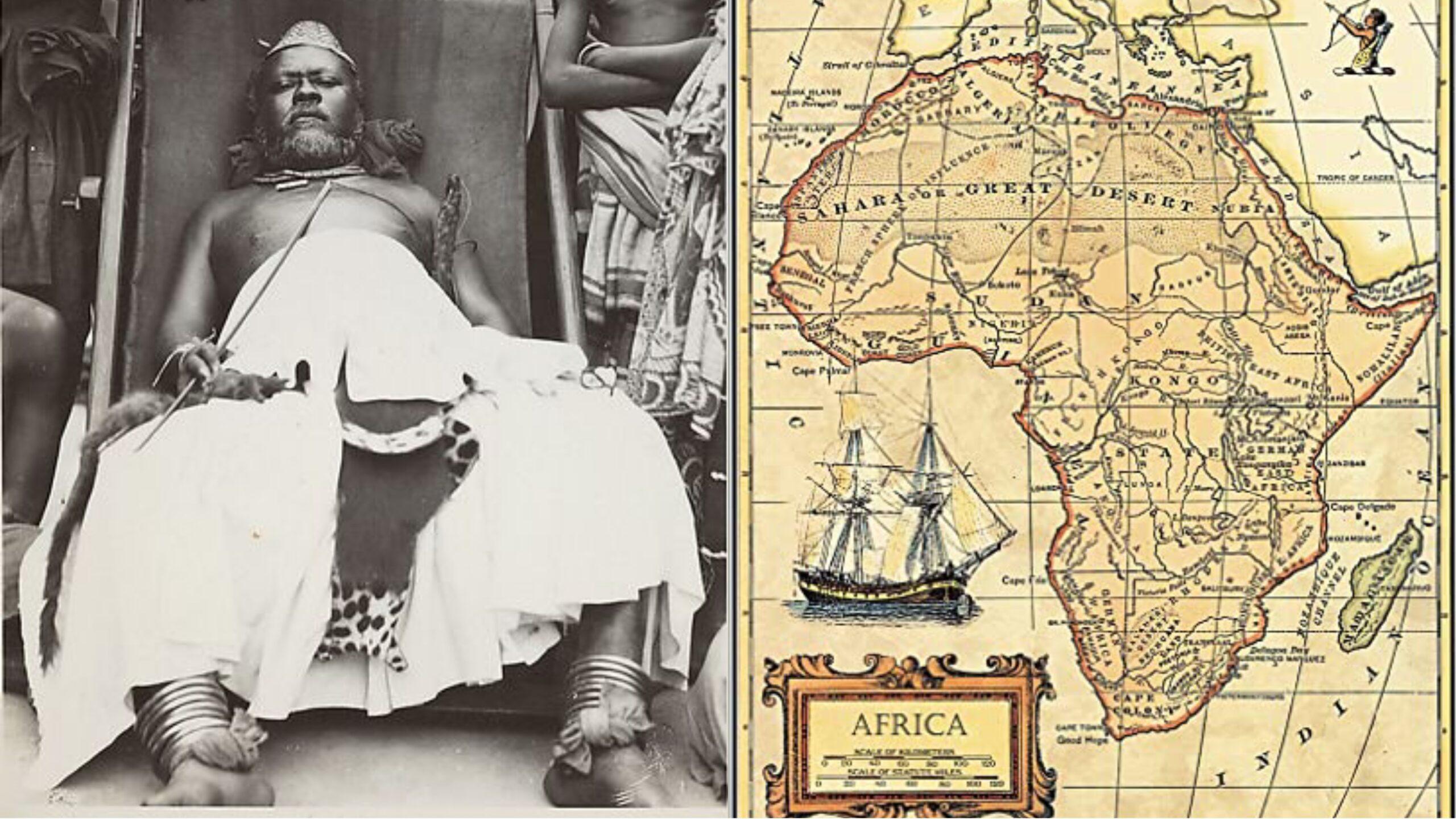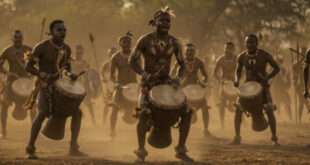The Kuba kingdom, located between the Kasai and Sankuru rivers in the southern region of the Democratic Republic of the Congo, was one of the most powerful and beautiful civilizations that flourished from the 17th to the 20th centuries.
Migrating from the far north to their current location in the 16th century, the Kuba kingdom was largely isolated due to their geographical location, and as a result, they were largely unaffected by the slave trade, as were many others.
Since the 16th century, the kingdom has been ruled by various Bushoong clan kings. Among them, however, stood out Kot Mabiinc, the paralyzed king who ruled from 1919 to 1939.
According to African-American researcher William Sheppard, the king, who suffered from polio and was overweight, used a wheelchair provided by the American Presbyterian Congo Mission (APCM) to serve as a throne.
Mabiinc later professed his Christian faith, inspiring a slew of prominent Kuba men and women to do the same at a time when many others believed in supernatural powers such as spells and witchcraft.
Another notable change he made was to abolish the practice of burying a deceased king’s servants alongside him. According to legend, their hands and legs were previously severed to serve as a cushion for the coffin.
Mabiinc indicated that sticks of camwood should be used instead.
During his reign, the Kuba kingdom, which included other tribes such as the Ngeendes, Ngongos, Shoowas, Bieengs, and Ngombes, emerged as one of Africa’s artistic peoples.
Mabiinc indicated that sticks of camwood should be used instead.
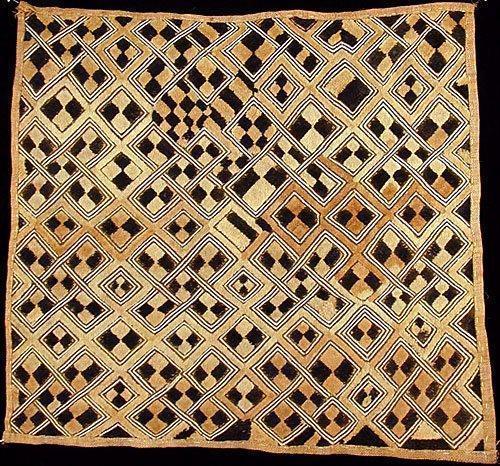
Apart from benefiting from advanced techniques from neighboring peoples as well as New World crops introduced from the Americas, such as cassava, maize, tobacco, and beans, Kuba became extremely wealthy, resulting in great artistic works being commissioned by the Kuba nobility as early as the 1900s.
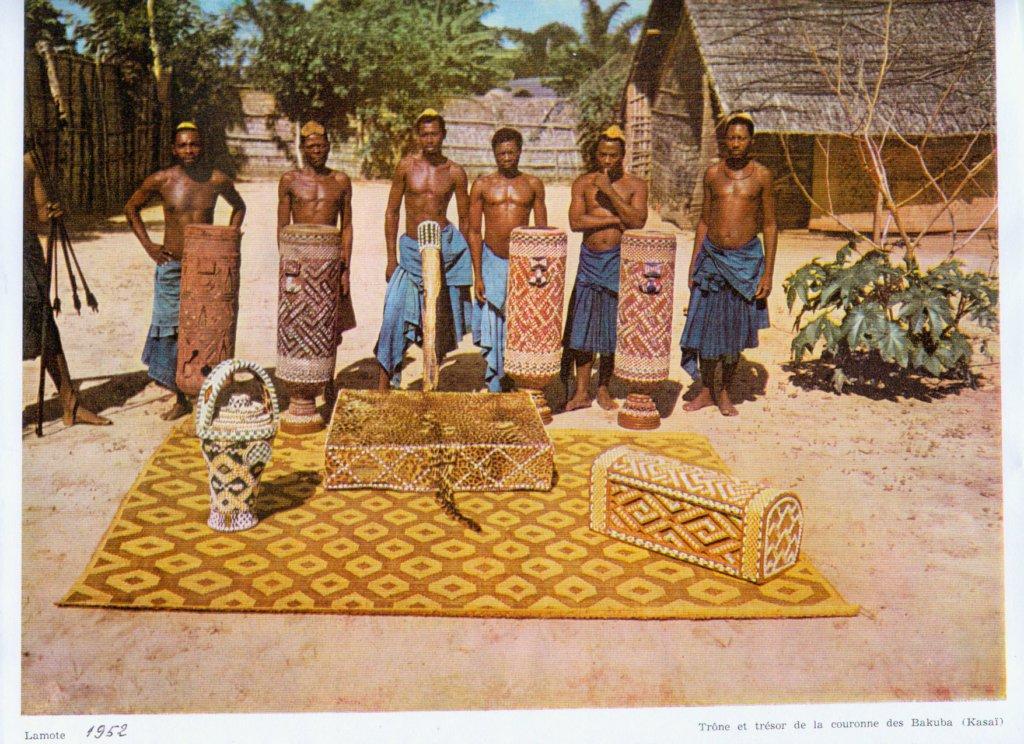
As German historian Leo Frobenius put it: “in 1906, when I penetrated the Kasaï-Sankuru territory, I found again villages of which the main streets were edged on each side with four rows of palm trees for several feet and of which the decorated huts, each in a charming way, were artworks as well.
“No man who did not wore sumptuous iron or copper weapons, blade inlaid with the handle covered with snakeskin.
“Each cup, each pipe, each spoon was an art object perfectly worthy to be compared to the European Roman style creations…”
Kuba has evolved into Africa’s most artistic and technological indigenous cloth makers, known for their beautiful textiles made of vegetal fibers, raffia, bark, and palm tree leaves.
Women have continued to use hand-stitched embroidery or cut pile techniques to embellish plain cloths that were traditionally woven by men.
Kuba has evolved into Africa’s most artistic and technological indigenous cloth makers, known for their beautiful textiles made of vegetal fibers, raffia, bark, and palm tree leaves.
Women have continued to use hand-stitched embroidery or cut pile techniques to embellish plain cloths that were traditionally woven by men.
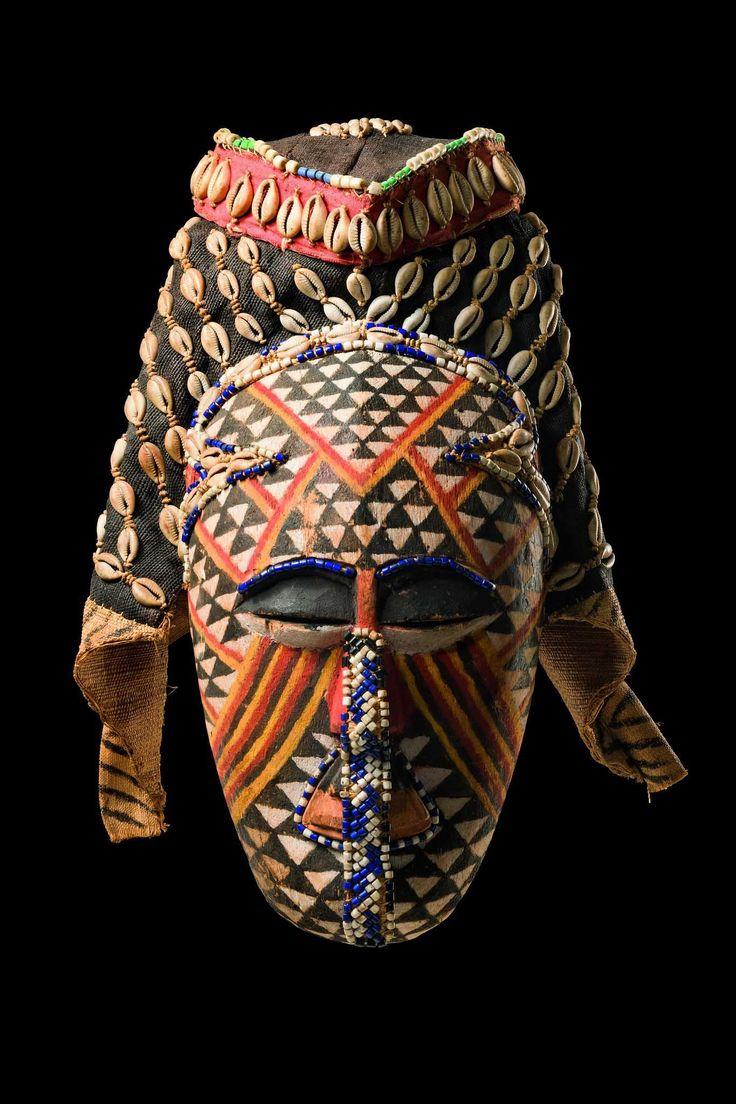
In addition to beautiful cloth, the Kuba make carved wooden masks and figurines, headrests, and divination oracles.
These unique items are frequently traded to neighboring areas and prized for export.
Royal Kuba textiles and artifacts are highly sought after by western collectors due to their scarcity in the West.
They are also featured in permanent exhibition halls at major art museums in New York, London, Paris, and Brussels.
 The African History Truly African
The African History Truly African
